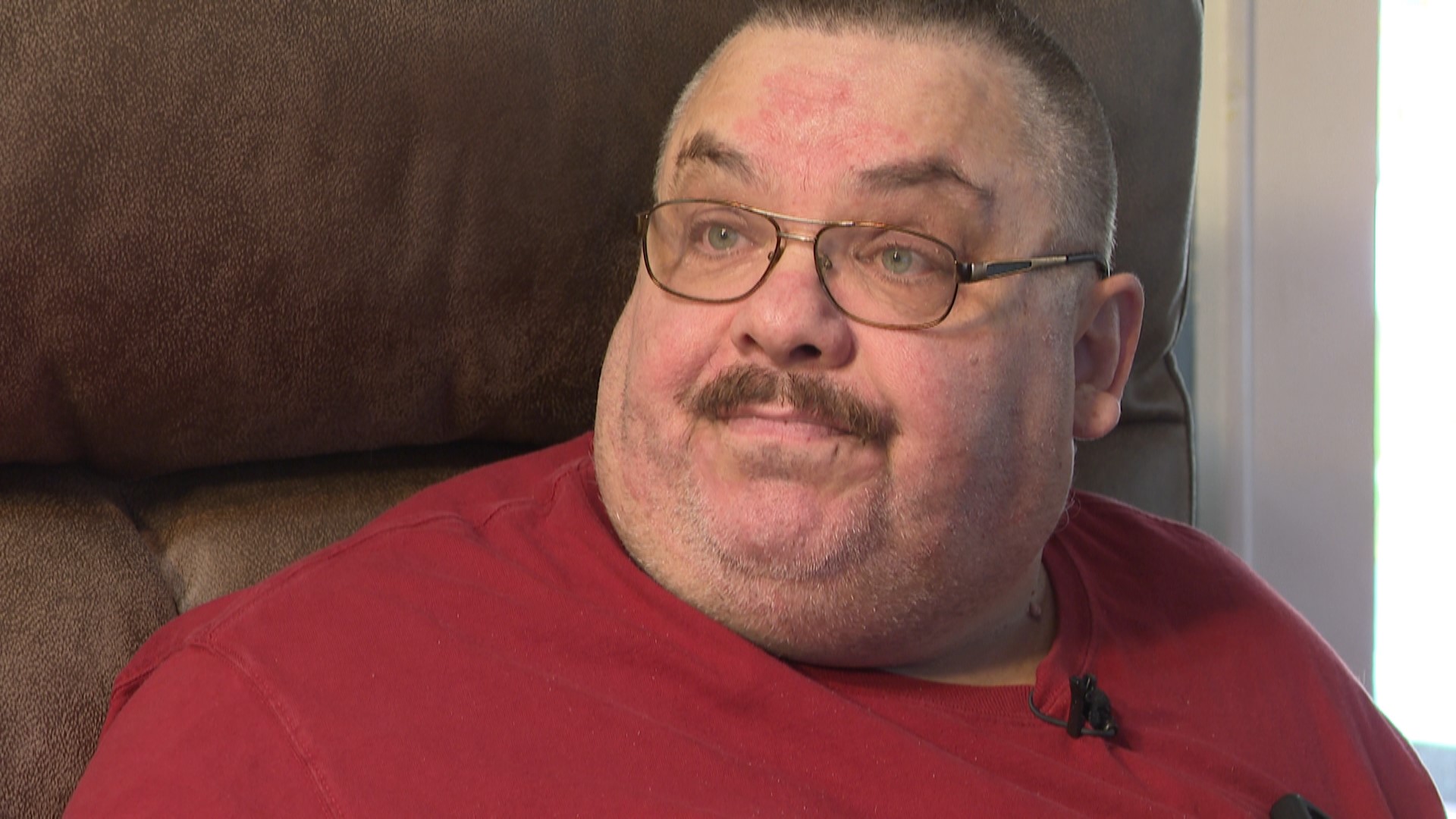MASSILLON, Ohio — Breast cancer is rare in men, but Kenny and Jean Dexter of Massillon are determined to let people know it can happen.
“If it could happen to him, it could happen to you,” says Jean referring to her husband of nearly 44 years.
In October of 2021, the 63-year-old retired welder was diagnosed with breast cancer after accidently discovering a lump on the right side of his chest area near the nipple.
“I was itchy, and I was going like this (motioning to scratching his upper chest area), and I said, ‘Whoa, there's something there,’” Kenny explains. “And I felt it and I knew it wasn't something normal.”
Kenny went on to have a mammogram, ultrasound imaging and a biopsy, which confirmed the breast cancer diagnosis.
“I was shocked,” Kenny says.
He became one of about 2,600 men in the United States diagnosed with male breast cancer each year. According to the Cleveland Clinic, less than 1 percent of breast cancers occur in men.
“We don't talk enough about men getting breast cancer, so most men when they feel a little lump, they go, ‘Oh, it's going to be nothing' or 'men don't get breast cancer,’" says Dr. Sabrina Shilad, a breast surgical oncologist at Aultman Hospital in Canton.
Dr. Shilad is Kenny’s doctor and serves as the medical director of Aultman’s cancer program and the director of their breast program. She says the most common spot men develop breast cancer is behind the nipple.
“Men still have ductal tissue. It's from when they were tiny babies and when they were in utero,” Dr. Shilad points out. “That ductal tissue is still there and it’s most commonly behind the nipple, and so that’s the most likely spot that men are going to develop breast cancer because that’s where they have the most ductal tissue still.”
RISK FACTORS
Dr. Shilad says some of the risk factors that can increase a man’s risk for developing breast cancer are:
- Being over the age of 50
- Family history of a first or second degree relative having breast cancer
- Carrying a gene mutation, such as BRCA1 or BRACA2
- Taking drugs containing estrogen
- Men who have an extra X chromosome, known as Klinefelter Syndrome
- Undergoing radiation to the chest
- Liver disease
- Being overweight or obese
- Testicular issues
BREAST CANCER MAY HAVE SAVED HIS LIFE
Kenny was able to catch his breast cancer early and was diagnosed as Stage 1B. He had surgery in December 2021 to remove the tumor and underwent 20 radiation treatments.
While going through treatment, doctors also diagnosed Kenny with a rare form of kidney cancer that typically presents at later stages. Kenny says he was asymptomatic, but his medical team was able to detect a tumor on the outside of his kidney because of CAT scans taken during his breast cancer treatments.
“The breast cancer may have very well saved his life,” Jean shares.
Kenny underwent surgery over the summer to remove the tumor from his kidney. He's recovering well, and has this message for men who feel something is off: “Please get checked. Make sure you can live with your family.”
MORE HEADLINES:
Editor's note: Video in the player above was originally published in a previous story on Oct. 6, 2022.

